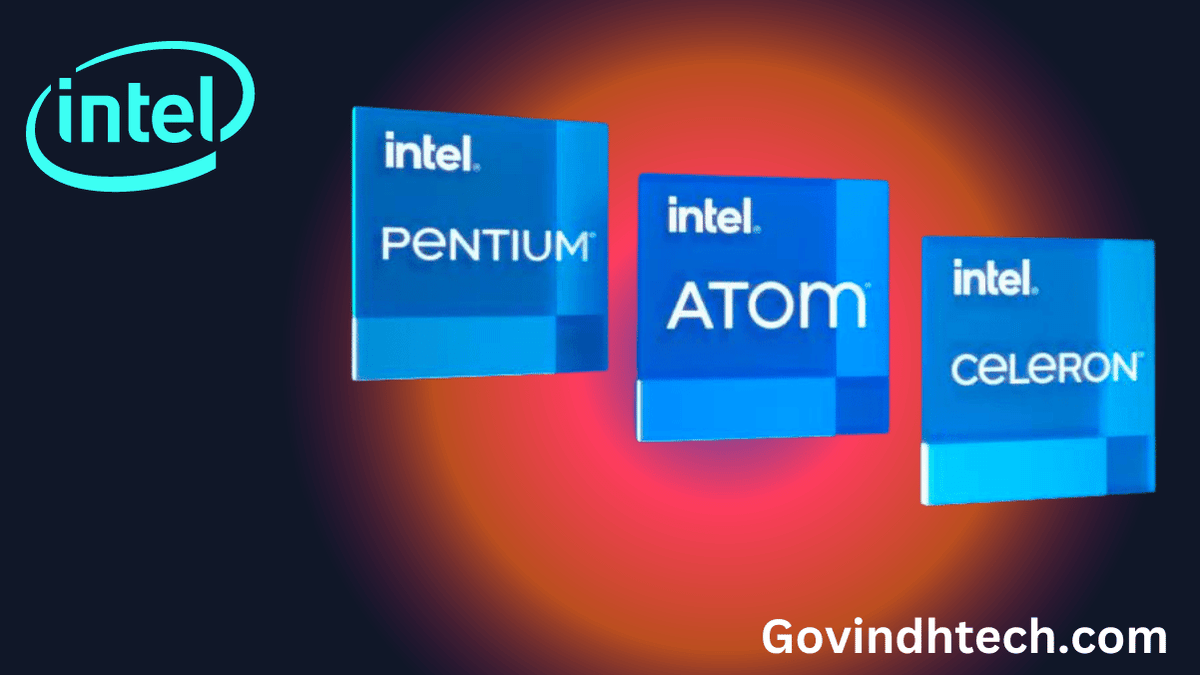Intel’s new Alder Lake-N SoCs have been gaining attention, and while gaming benchmarks for these chips are limited, some tests have been conducted by Team Pandory on YouTube. The N100, equipped with E-cores and single-channel memory support, showcased moderate performance and surprising power efficiency. Several lightweight games managed to achieve 60 frames per second while consuming less than 7W of power.
Alder Lake-N was introduced in early 2022 as Intel’s latest line of ultra-low power and cost-effective SoCs. These chips stand out by being based entirely on Intel’s Gracemount CPU cores, which are originally designed for efficiency in Alder Lake and Raptor Lake hybrid CPUs. Despite their intended role, Intel’s Gracemount cores boast impressive power, including L3 cache support and enhanced branch prediction. Intel claims that these cores are as capable as the 6th generation Skylake CPU cores introduced in 2015.
The integrated graphics chip within the Alder Lake-N chips is reasonably decent, with 24 Execution Units (EUs) and support for theoretical 8K 60 fps playback using Intel’s Xe-LP architecture, including AV1 decode capabilities. However, the display resolution output is limited to 4K 60 fps. It’s important to note that Xe-LP is different from Arc Alchemist, which offers AV1 encoding support and approximately double the performance. Nonetheless, the integrated graphics might suffice for light gaming purposes.
Team Pandory conducted tests on Intel’s Alder Lake-N chips, specifically focusing on the N100 model, with minimum settings and a resolution of 1280×720 (720p). The quad-core CPU, featuring 6MB of L3 cache and a 3.4 GHz turbo, managed to achieve 60 fps in a few titles. However, most games ran at an average of 30 to 20 fps, which is relatively low. The N100 reached 60 fps in CS:GO, Grid Autosport, and Resident Evil 5, with the latter running in the mid-70s in most areas. Dota 2 achieved an acceptable 40 fps. Unfortunately, the remaining games ran at 30 fps or lower, with some even dropping to the low 20 fps range, rendering them unplayable on the N100.
The N100 features four Gracemount cores with a turbo frequency of up to 3.4 GHz, 6MB of L3 cache, and a non-configurable 6W TDP. Memory capacity is limited to 16GB, with the testing conducted using a single 8GB stick of DDR5 memory. As these chips have only a single memory channel, GPU performance is not affected. The UHD Graphics utilize the Xe-LP architecture, offering 24 EUs and a maximum frequency of 750 MHz. In comparison, desktop parts like Intel’s Core i9-12900K feature UHD Graphics 770 with 32 EUs and a frequency of 1550 MHz.
While the gaming performance of Intel’s N100 may not be exceptional, its performance per watt is impressive for an entry-level design. With a power consumption rating of just 6W for the entire chip, the N100 delivers remarkable performance per watt. Of course, this comparison is relative, as most gaming laptops typically feature significantly more powerful graphics capabilities.
It’s important to note that Alder Lake-N was not primarily designed as a gaming platform but rather targets lower-level tasks like web browsing, video playback, and basic office work. Despite this, it’s intriguing to see the capabilities of Intel’s most power-efficient SoC platform. While it’s not likely to happen soon, Intel does have the potential to develop a handheld gaming SoC that can rival AMD’s Ryzen Z1 series and the custom Van Gogh APU found in the Steam Deck.



[…] gaming PC is one of the most versatile ways to play games, with possibilities to upgrade and choose only […]
[…] results more quickly and effectively than earlier generation VMs. On a variety of well-known HPC benchmarks, such as weather forecasting (WRF), molecular dynamics (LAMMPS, Quantum Espresso), auto accident […]